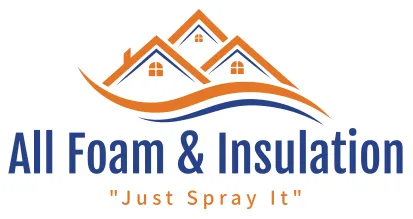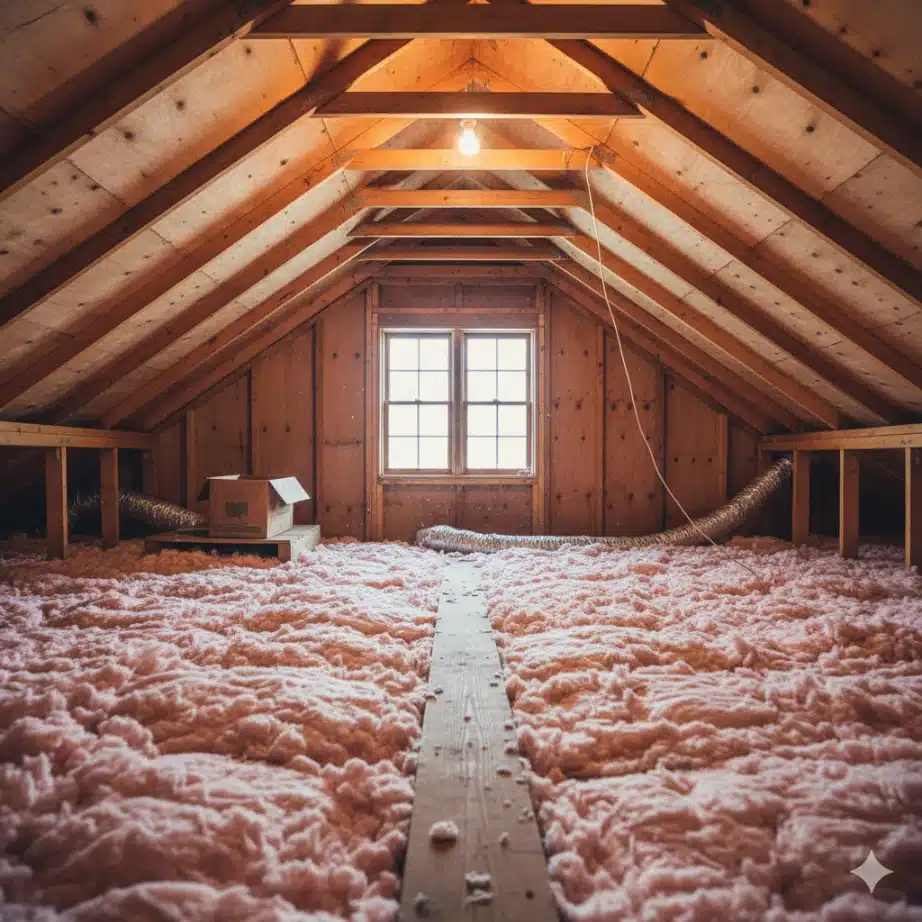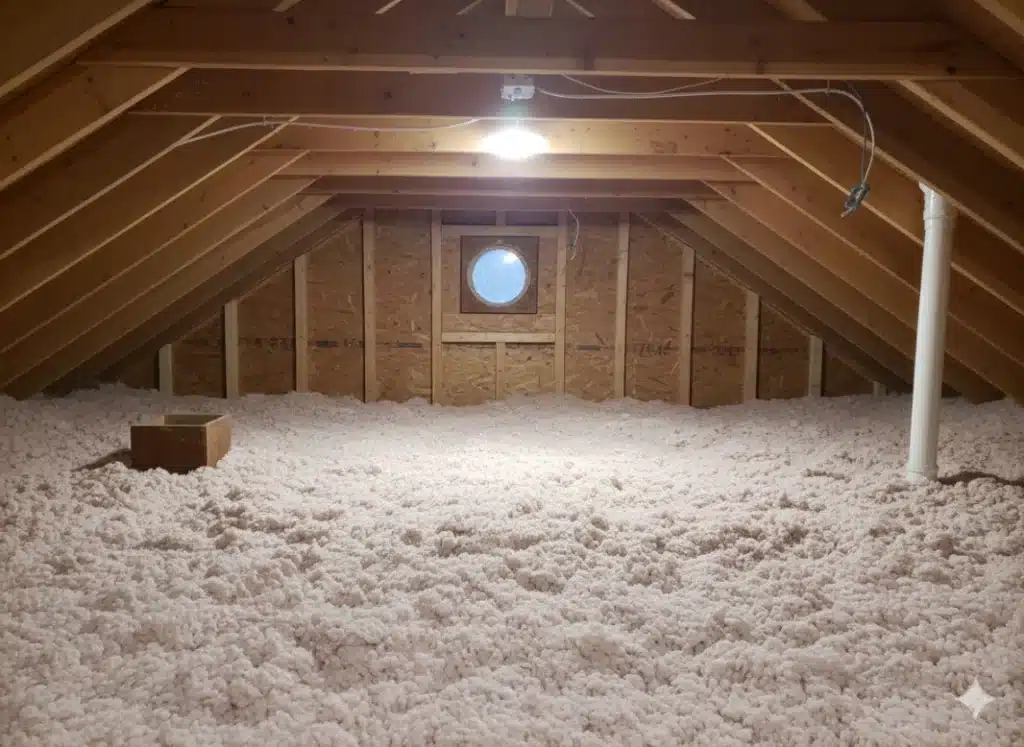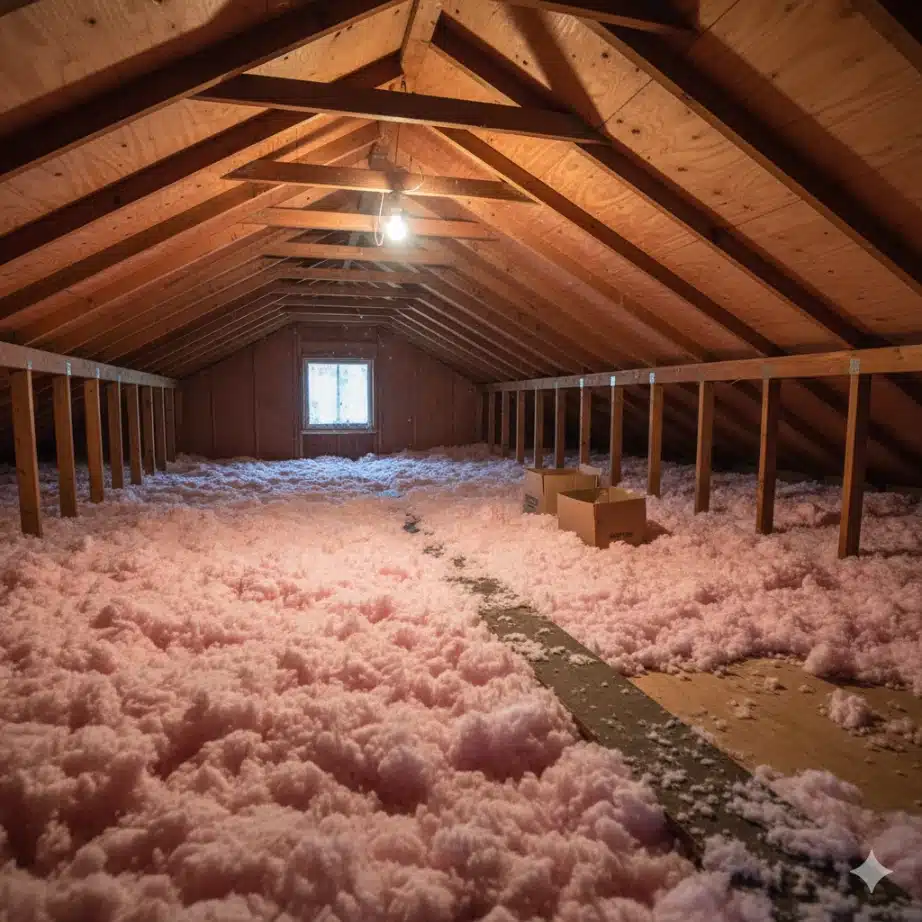Proper insulation acts as a critical thermal barrier for your home, significantly slowing the movement of heat. During a power outage, this function becomes essential. In the winter, it keeps the warm air generated by your heating system inside, preventing a rapid drop in temperature. In the summer, it does the opposite, blocking the intense outdoor heat from entering and preserving the cooler air within. This thermal resistance buys valuable time, maintaining a more stable and livable indoor environment for hours, and sometimes even days, without a functioning HVAC system.
This article will explain the direct relationship between insulation, thermal performance, and your family’s comfort during a power grid failure. The information is based on extensive experience in managing temperature control in homes across the Sutherlin area, accounting for our specific climate challenges. Understanding how insulation works is the first step toward building a more resilient and energy-efficient home.
The Science of Heat Flow in a Home
Heat naturally moves from warmer areas to cooler areas, and it does so in three primary ways. Effective insulation is designed to counter all of them.
- Conduction: This is heat transfer through direct contact. Heat moves through solid materials, like the studs in your walls or the glass in your windows. Insulation materials are poor conductors, meaning they have a physical structure that resists this direct transfer.
- Convection: This involves heat transfer through the movement of fluids (like air or water). Warm air is less dense and rises, while cooler air sinks, creating currents that move heat around your home. Air sealing, often done alongside insulation projects, is the key to stopping convective heat loss through gaps and cracks.
- Radiation: This is heat transferred through electromagnetic waves, like the warmth you feel from the sun. Radiant barriers, often used in attics in warmer climates, are specifically designed to reflect this type of heat away from the home.
A properly insulated home has a complete thermal envelope that addresses these methods of heat transfer, keeping the conditioned air you paid for inside, regardless of whether the power is on.
Insulation Performance When the Power Goes Out
Losing power removes your home’s active ability to heat or cool itself. At this point, you rely entirely on its passive ability to resist temperature change.
The Winter Outage Scenario
When your furnace shuts off, your home immediately begins losing heat to the colder outside air. A poorly insulated home can lose heat so quickly that temperatures can become uncomfortable or even unsafe in just a few hours.
A well-insulated home, however, traps the residual heat. The warmth stored in furniture, walls, and floors, along with heat generated by occupants and any sunlight coming through windows, is retained much longer. This slow temperature drop gives you a longer window of safety and comfort. A report from the U.S. Department of Energy points out that a properly insulated attic can save a homeowner an average of 15% on heating and cooling costs, a saving that reflects its ability to resist heat flow year-round.
Bonus Tip: Keep south-facing curtains open during the day to allow passive solar heating. Close all curtains and blinds at night to add an extra layer of insulation and trap the day’s warmth.
The Summer Outage Scenario
During a Sutherlin summer, a power outage means no air conditioning. The primary source of heat gain is the sun radiating onto the roof and walls. Insulation, especially in the attic, is your first line of defense. It resists the conductive transfer of that heat through the roof materials and into your living space. This keeps the indoor temperature from skyrocketing, making the home a refuge from the extreme heat outside. Without it, an attic can reach over 150°F, and that heat will quickly move into your home.
A Closer Look at R-Value and Insulation Types
R-value measures an insulation material’s ability to resist heat flow. The higher the R-value, the better its insulating performance. For our region, which falls into Climate Zone 4C, the U.S. Department of Energy suggests specific R-values for optimal performance. An uninsulated home is one of the top sources of energy waste. This fact is backed by data from the U.S. Environmental Protection Agency, which shows that homeowners can save significantly by adding insulation and sealing air leaks.
Comparing Common Insulation Materials
| Insulation Type | Typical R-Value (per inch) | Primary Resistance Method | Key Benefit During Outages |
|---|---|---|---|
| Fiberglass Batts | 3.1 – 4.3 | Conduction | Cost-effective thermal barrier in walls and attics. |
| Blown-In Cellulose | 3.2 – 3.8 | Conduction, Convection | Fills irregular spaces, reducing convective air movement. |
| Open-Cell Spray Foam | 3.5 – 3.8 | Convection, Conduction | Excellent air sealant, stopping drafts and air leaks. |
| Closed-Cell Spray Foam | 6.0 – 7.0 | Conduction, Convection | Highest R-value; acts as an air and moisture barrier. |
For Sutherlin home’s insulation, focusing on attic insulation is often the most impactful upgrade. Reaching an R-value of R-49 to R-60 in the attic is a common recommendation to effectively manage both winter heat loss and summer heat gain.
Understanding the materials is the first step; now let’s apply that knowledge to your home’s specific situation.
Things to Consider Before Upgrading Your Insulation
Making an informed decision about your home’s insulation requires looking at a few key factors.
Your Home’s Current Condition
Start by inspecting your attic. Is the insulation below the top of the floor joists? Is it patchy, compressed, or showing signs of moisture? Older homes in the area may have little to no insulation, making them prime candidates for an upgrade. A visual check can tell you a lot about your home’s ability to handle a power outage.
Air Sealing is Just as Important
Insulation can’t do its job effectively if there are gaps and cracks allowing air to move freely. Heat will bypass the insulation through these leaks via convection. Sealing around plumbing, wiring penetrations, attic access hatches, and top plates in the attic is a necessary step before adding more insulation.
Bonus Tip: Use a flashlight in your attic at night while a helper shines a bright light from below. Any points of light you see are air leaks that need to be sealed.
Long-Term Value
Think of insulation not just as a power outage safeguard but as a permanent upgrade to your home’s efficiency. The initial cost is offset by year-round savings on utility bills and a significant increase in daily comfort. It’s an investment that pays for itself over time while adding to the home’s overall value.
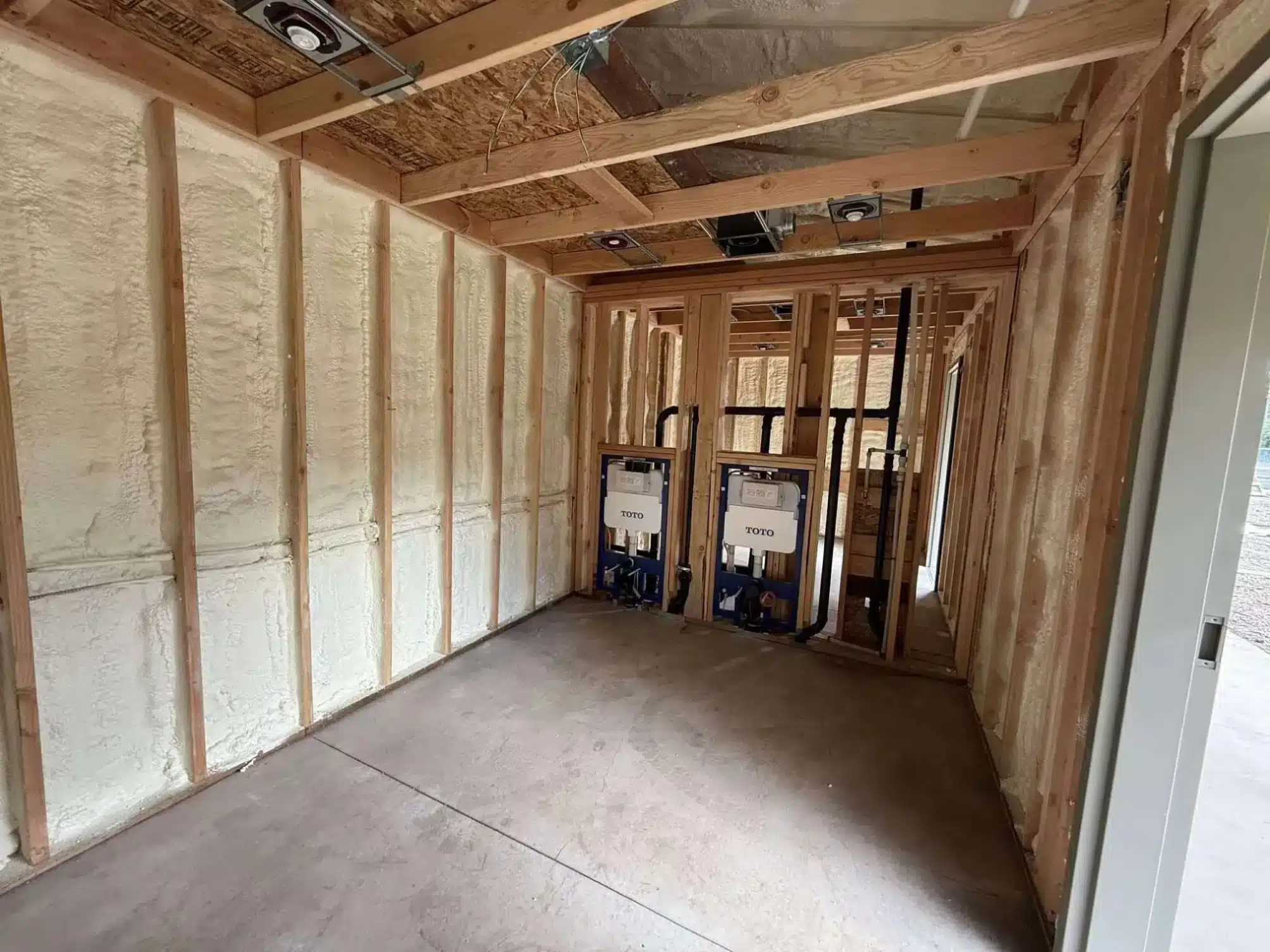
Frequently Asked Questions
How long will my house stay warm or cool during an outage?
This depends entirely on the quality of your insulation (R-value), the effectiveness of your air sealing, the outdoor temperature, and your home’s exposure to sun and wind. A well-insulated and sealed home might only lose a few degrees over 8-12 hours, while a poorly insulated one could become uncomfortable in 2-3 hours.
Can insulation help prevent frozen pipes?
Yes. By keeping the overall ambient temperature inside wall cavities and crawlspaces higher for a longer period, insulation can protect pipes from freezing during a winter power outage. This is especially true for pipes located on exterior walls.
What areas of my home are most important to insulate?
The attic is the top priority, as it’s the site of the most significant heat loss in winter and heat gain in summer. After the attic, exterior walls and then floors over unconditioned spaces like crawlspaces or garages should be addressed.
Does the type of insulation matter more than its R-value?
Both are important. R-value tells you the material’s resistance to heat, but the type determines other qualities. For example, spray foam is an excellent air sealant, while cellulose is great at filling tight cavities. The best choice depends on the application area and your home’s specific needs.
With good insulation, will I still need a backup generator?
For short-term outages, excellent insulation might be all you need for comfort and safety. For extended outages lasting several days, a backup power or heat source is still recommended, especially for households with vulnerable individuals. Insulation extends the time you have before needing to use that backup.
How does new insulation affect home ventilation?
When you tighten a home by adding insulation and air sealing, you reduce natural air leakage. This is great for energy efficiency but may require a review of your home’s mechanical ventilation to ensure healthy indoor air quality.
Get a Professional Assessment
Insulation solutions in Sutherlin is a silent defender, working every day to manage your home’s energy use and comfort. During a power outage, its value becomes immediately apparent. By slowing down the natural process of heat transfer, it provides a buffer against the elements, protecting your home and family. The first step is to assess your home’s insulation levels to determine if they are adequate for keeping you safe and comfortable when the power goes out.
If you’re unsure about your home’s current insulation or want to understand your options, the team at All Foam & Insulation, LLC can provide a clear picture. A thorough evaluation can identify areas for improvement that will bolster your home’s performance during an outage and lower your energy bills year-round. Contact the office by calling (541) 826-9600 or sending an email to [email protected] to discuss your home’s needs.
Sources
- U.S. Department of Energy – Provides comprehensive information on insulation types, R-values, and installation guidance for homeowners.
- U.S. Environmental Protection Agency – Offers data and resources on the benefits of energy efficiency improvements in homes, including insulation and air sealing.
- Energy Star – A U.S. EPA program offering guides and resources for homeowners on how to improve energy efficiency through sealing and insulation.

